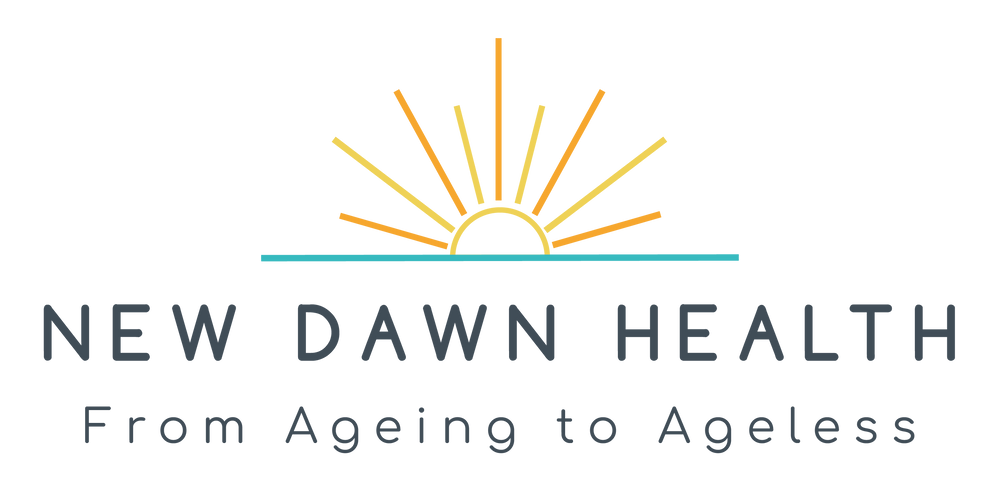Today, most patients who are treated by a physical therapist, by that I mean an osteopath, physiotherapist or chiropractor, need to realise that these manual therapies are using a variety of manual techniques to address the person’s whole body function, not just the part that is hurting.
I would like to think that my approach for my patients would include the following:
- Understanding my patient’s unique needs. For example, would they prefer to keep their clothes on for treatment; do they need a chaperone, interpreter or friend with them; can they physically get into a lying position on the couch?
- What is their specific problem? What is the medical diagnosis, if this is helpful? Is it a pulled muscle in their back or a joint rubbing or perhaps both? It may seem strange, but I always ask what my patient feels is wrong with them. That is because although they may not know the medical terminology, they do intuitively know their own bodies.
- I always want to work out how the problem came about. Also, It is so important to find out what postures and habits aggravate the pain and what movements need to be stopped or minimised to give the injured part a chance to heal. What treatments have my patient previously had that have worked, and what have not worked?
- We will agree together the proposed treatment plan. We will agree the number of treatments and realistic timescales. We should have an expected outcome for each course of action.
- Each treatment will start with reassessment. If all is going well, we can stick to our plan, if not we need to work out modifications and alternative options.
- Before, successful treatment is ended, long-term preventative measures need to be put in place to prevent reoccurrence. If treatment is not successful, I would always want to give my patients alternative options, therapists or therapies to try. Similarly, I would always refer patients back to their GP for additional scans, investigations or treatment if needs be.
I think that I can say, that historically, we have been far too concerned with “doing things” to the patient to “make him or her better”. Now, we realise that whereas we still need to do this, we also need to teach our patients to take responsibility to bring about their own long-term pain relief or cure. It is not enough just to treat the presenting problem in isolation. Physical and psychological factors together need consideration. We have to understand and treat both the mind and body. Is it not our mood, mentality and determination that gets us up and exercising on a regular basis? The two are completely linked and treatment plans must consider them both.
Please remember that most mechanical problems are not the result of a single injury. Even with a single injury, our bodies begin to compensate for the injured part and if the injury never heals properly then the body’s compensations need to be looked at, as well as the original injury. In, other words, most non-traumatic mechanical pains are the cumulative effects of poor posture, faulty body mechanics, and stressful living. poor working habits, thought processes, loss of strength and flexibility, mechanical wear and tear on joints and a general decline in the level of physical fitness. Months, or years, may pass before a combination of these factors results in an actual disorder. Understanding this, dramatically changes the overall management of my patients, shifting emphasis from me relieving their acute pain to teamwork between us.
I know that in an ideal world, you would like to go to your osteopath, who takes away your pain with a couple of treatments…and cures you for life! As you know, this rarely happens with any form of physical therapy. Sorry!
I can make an analogy to brushing your teeth, twice a day, every day of your life. The theory is that this should stop plaque and dental disease. It doesn’t though, does it? We still get plaque building up and need our teeth de-scaled. We go to the dentist and hygienist throughout the year to have our teeth cleaned and checked for disease – before plaque builds up, to such an extent, that tooth decay and gum disease are inevitable. Back, some 60 years ago when dentistry became free as part of the NHS, the government educated patients via TV media campaigns, to take care of their teeth and visit the dentist regularly. It was an excellent campaign. We need the same education for the care of our spine and joints.
It is the same with preventing spinal and joint problems. I can honestly say that in the 20 years that I have been working as an osteopath, it is the patients who take on responsibility for their own bodies who make and maintain, the best possible outcomes for themselves. They do the exercises regularly, they do come for check-ups, and they do seek to improve themselves and maintain their levels of overall fitness. I see it as part of my job to help motivate my patients to do this.
Remember that it may be bliss when your therapist has taken all your pain away, but it will probably come back unless the other contributing factors are addressed. Education, exercise and check-ups are the only things likely to work in the long term. My objective is for you to be in control of your back…not to allow it to be in control of you!
It is my intention to offer you the most comprehensive back care treatment that I can. If you feel that I am not, please tell me!
